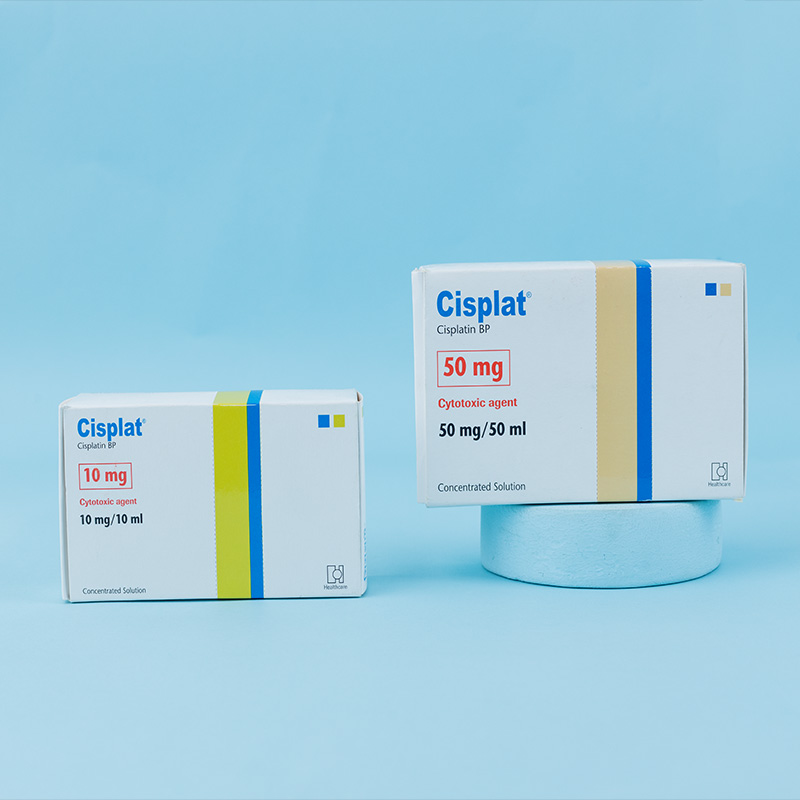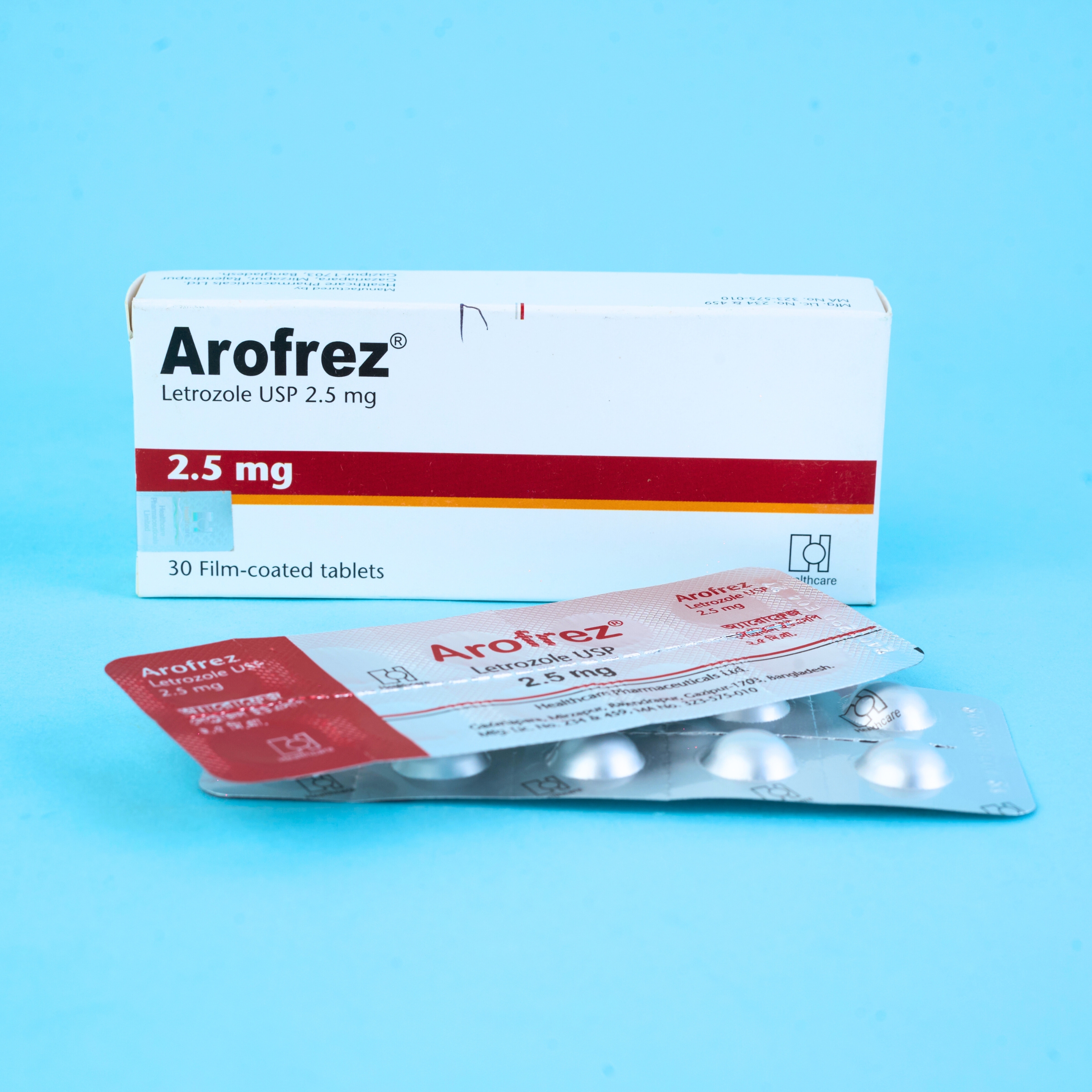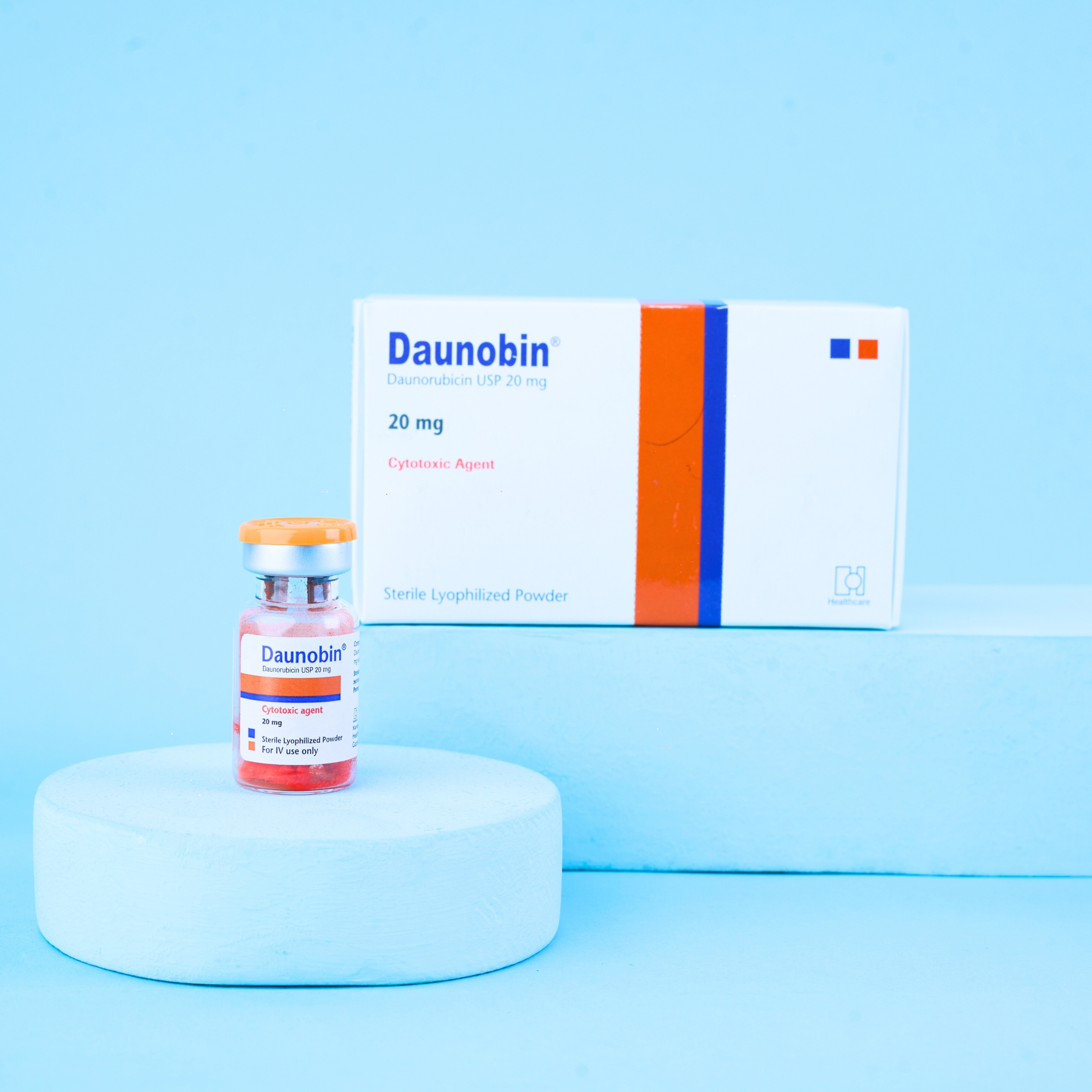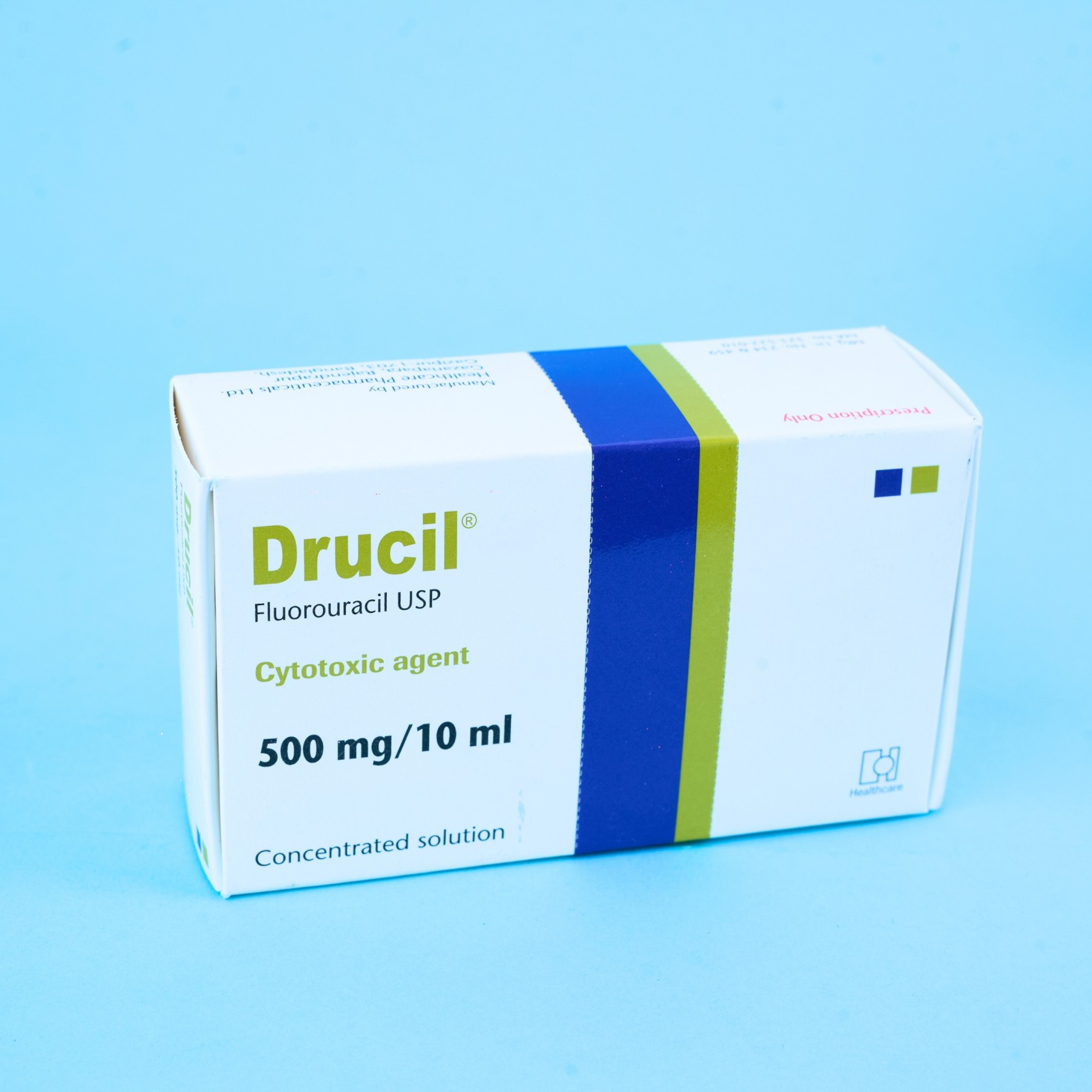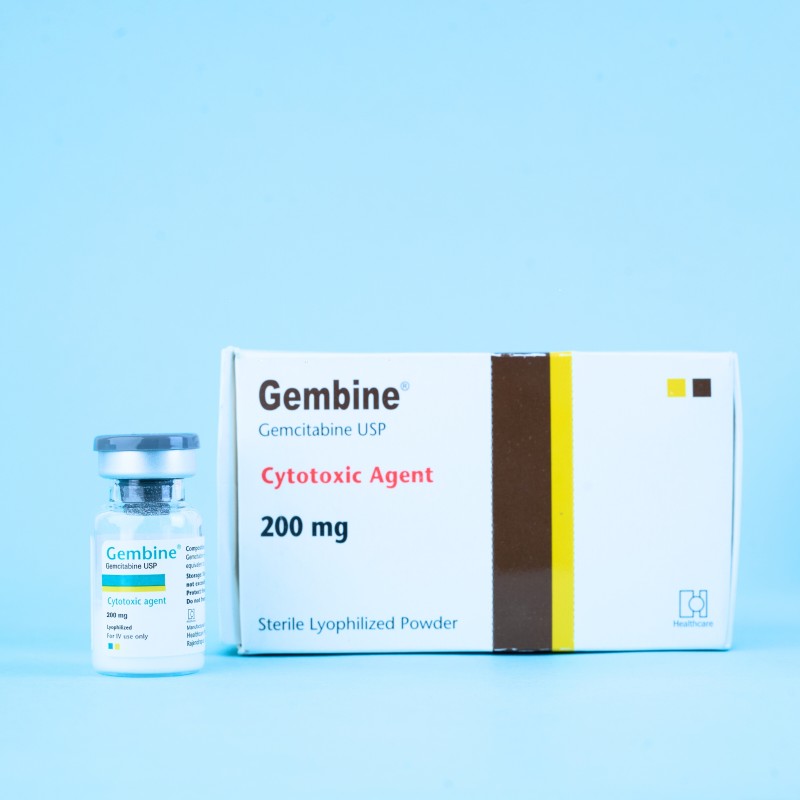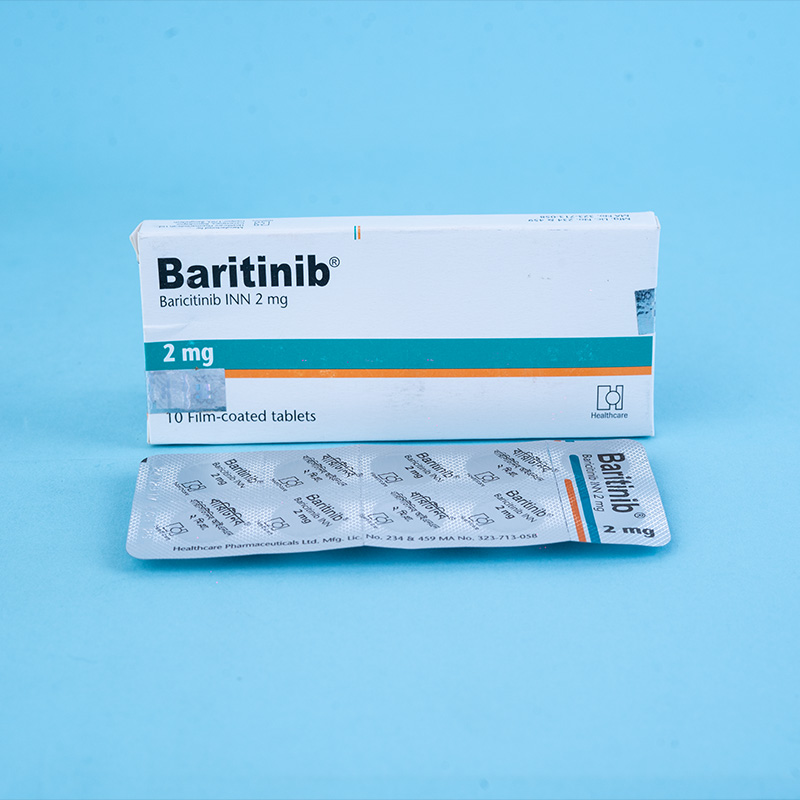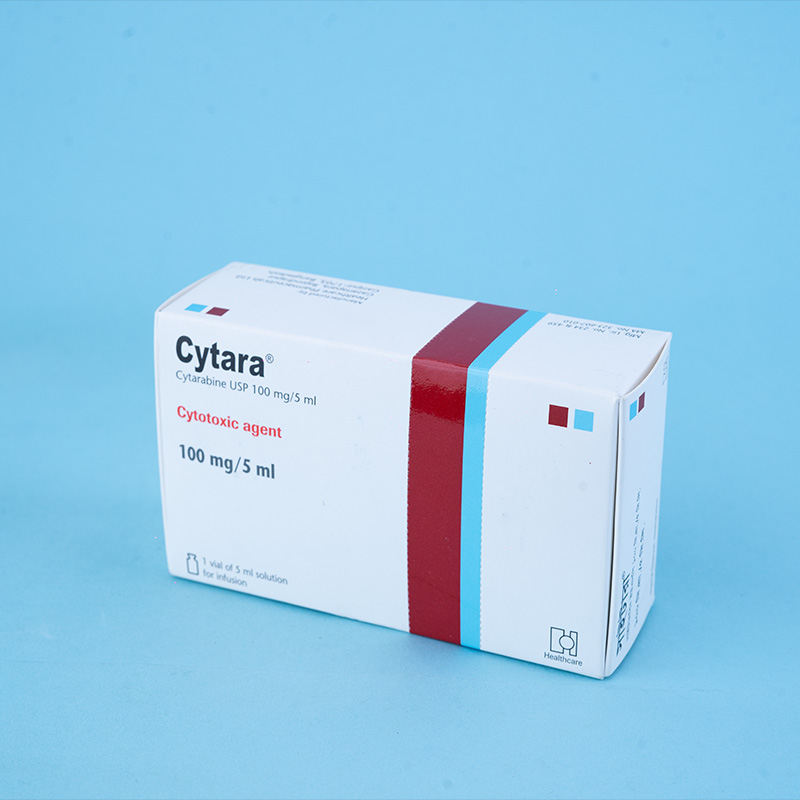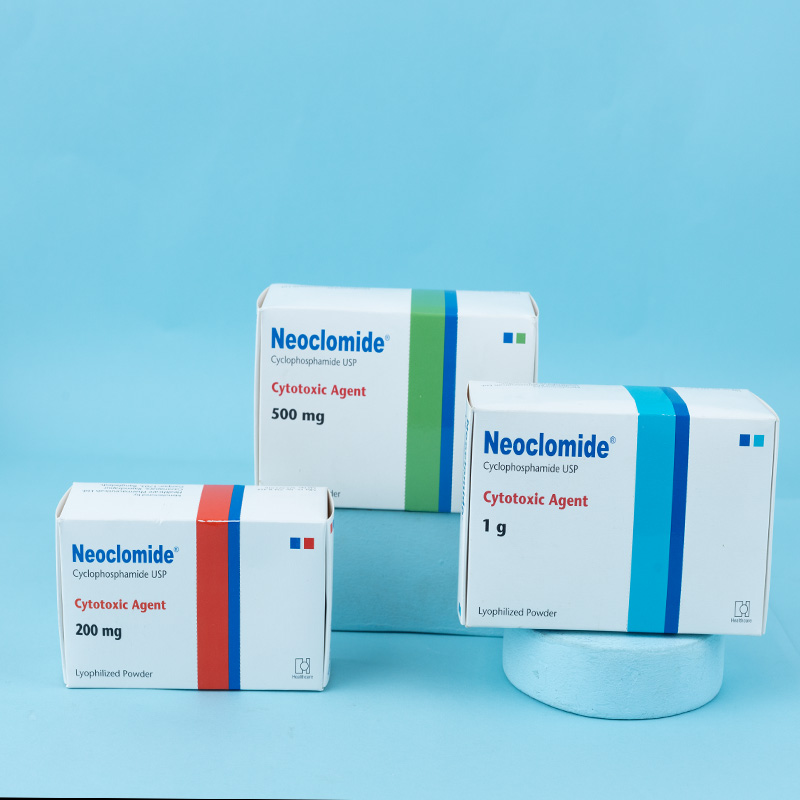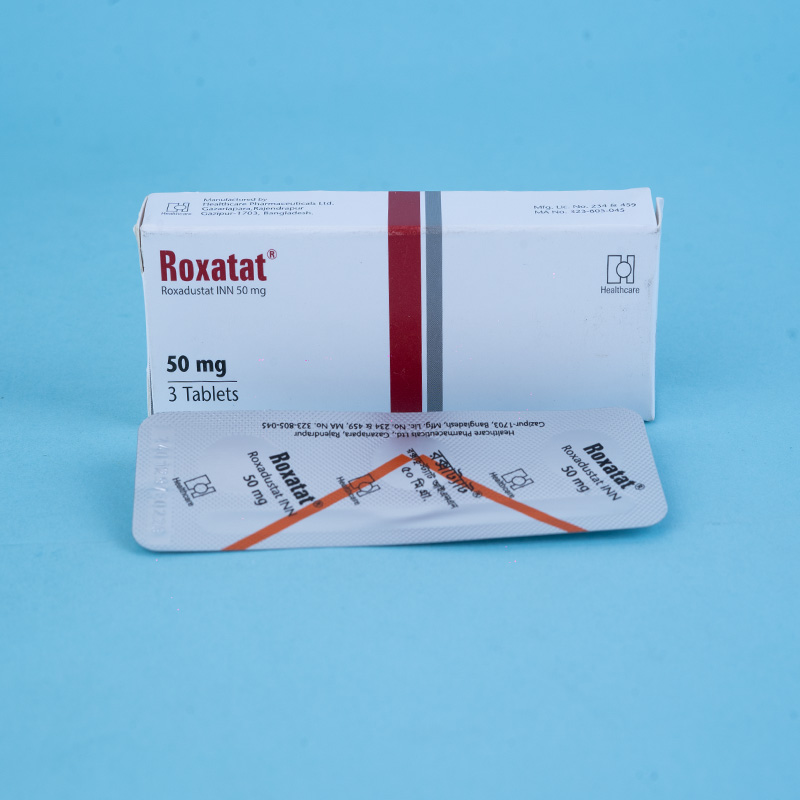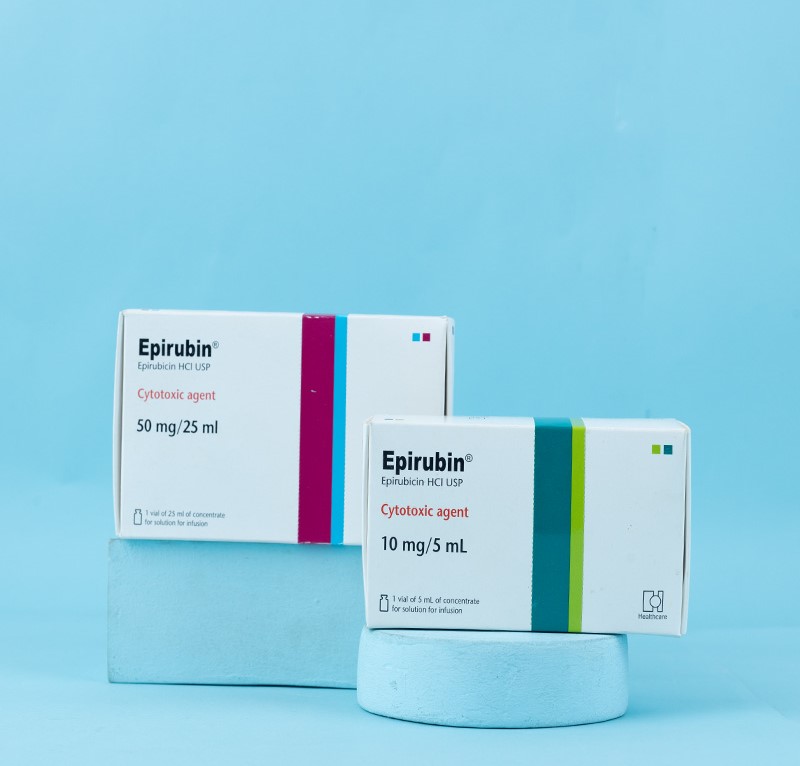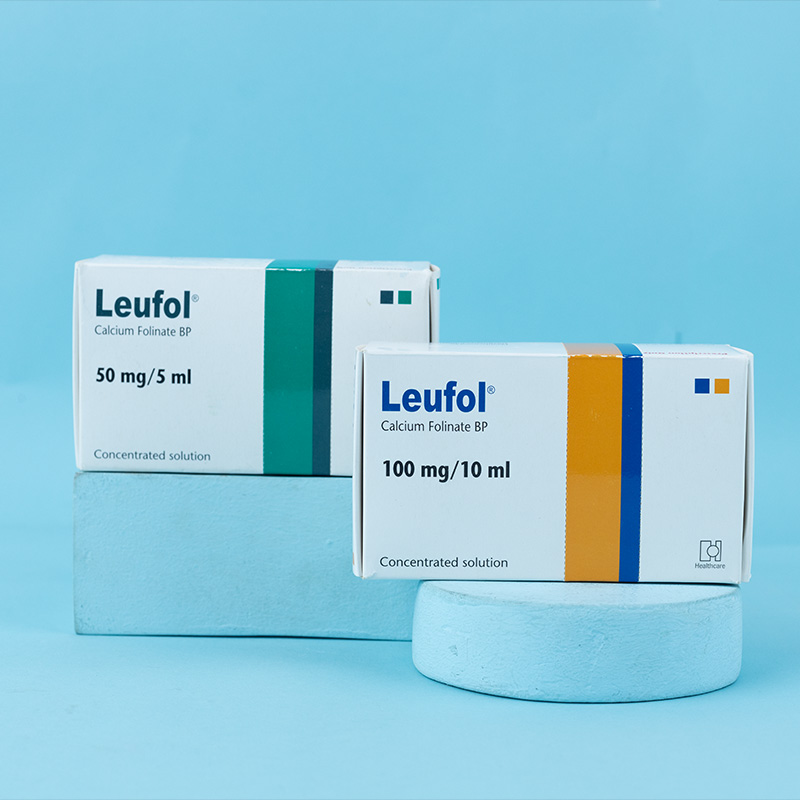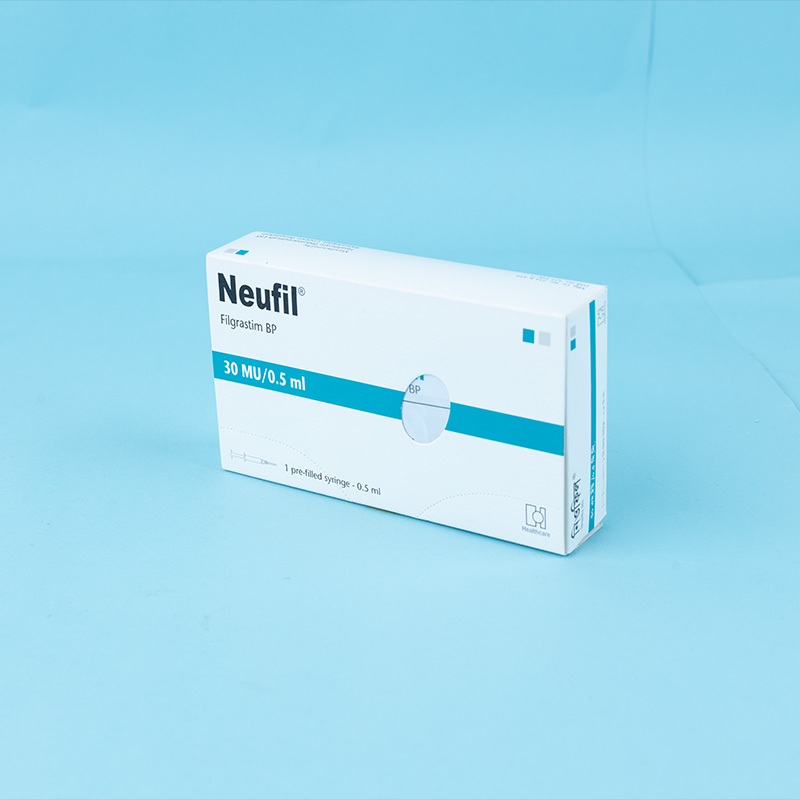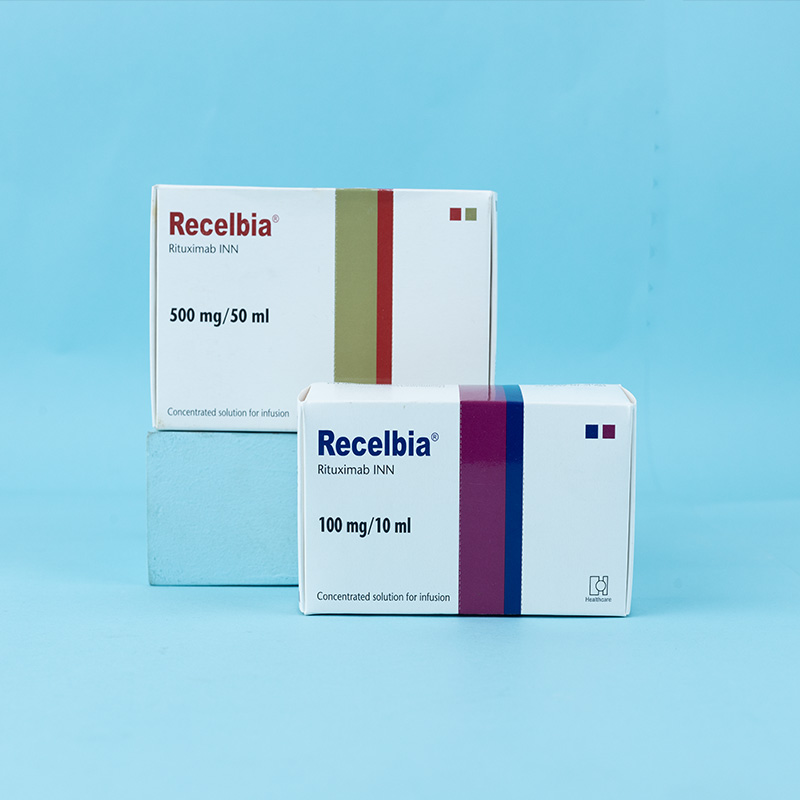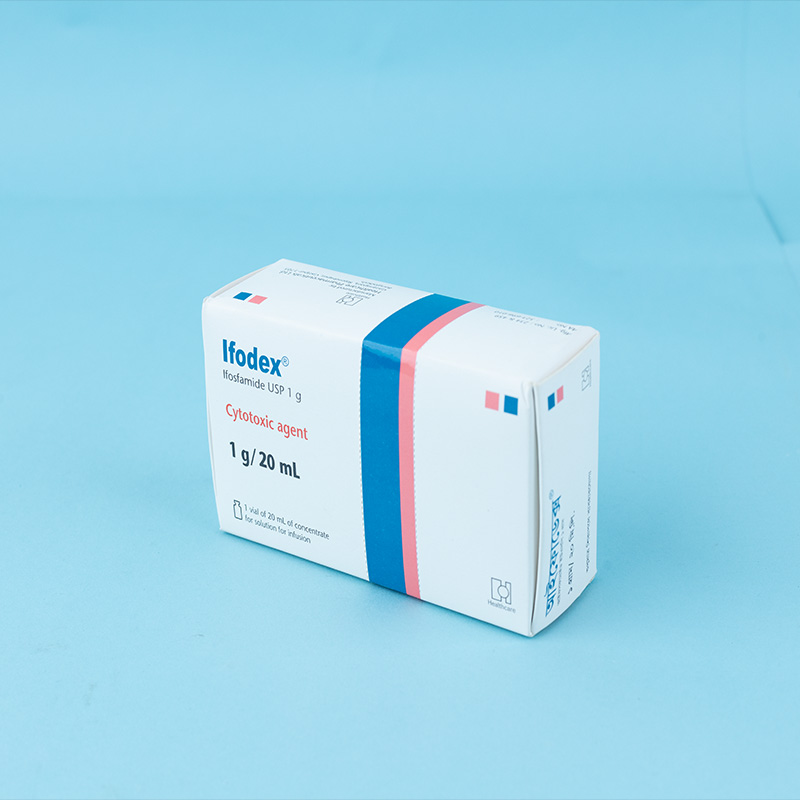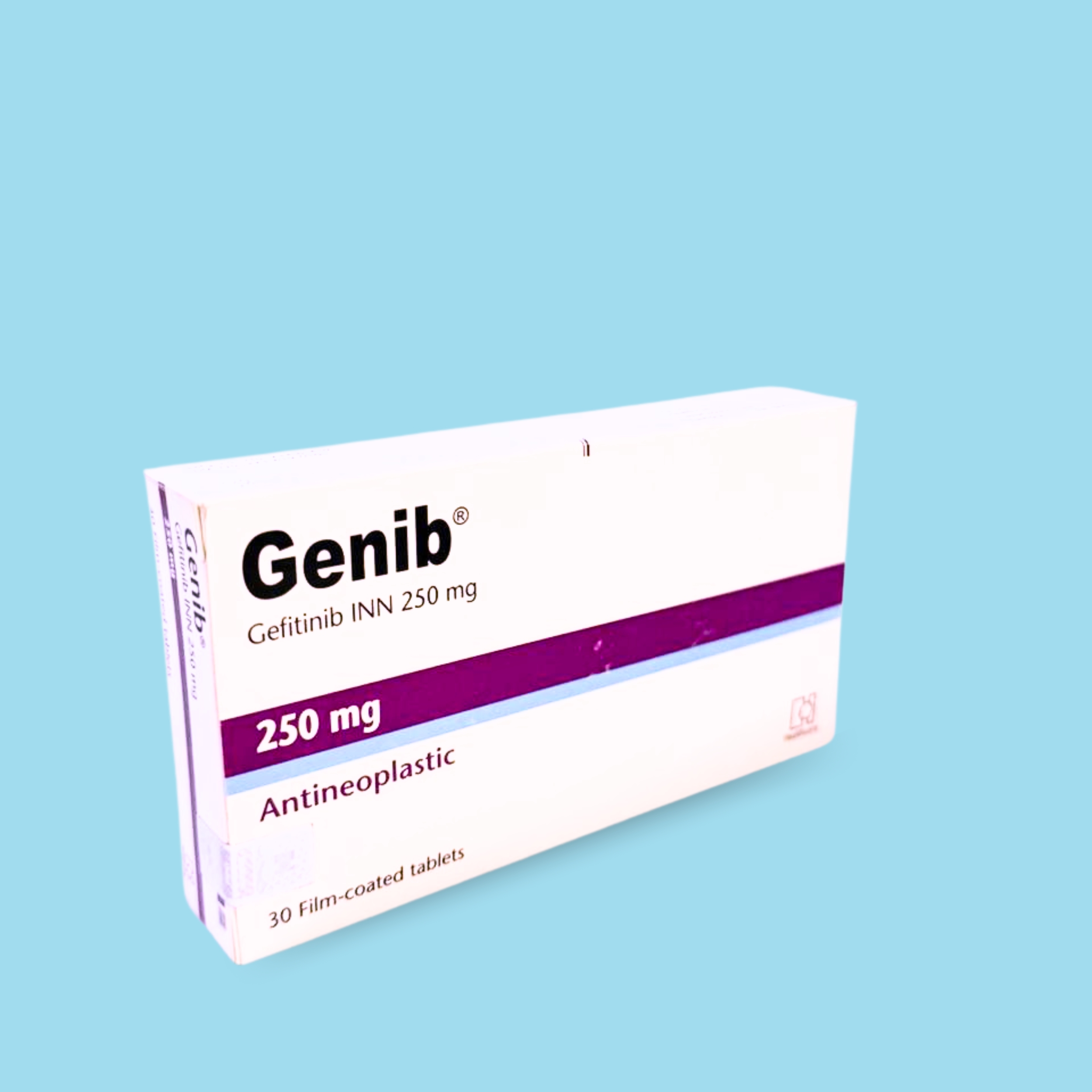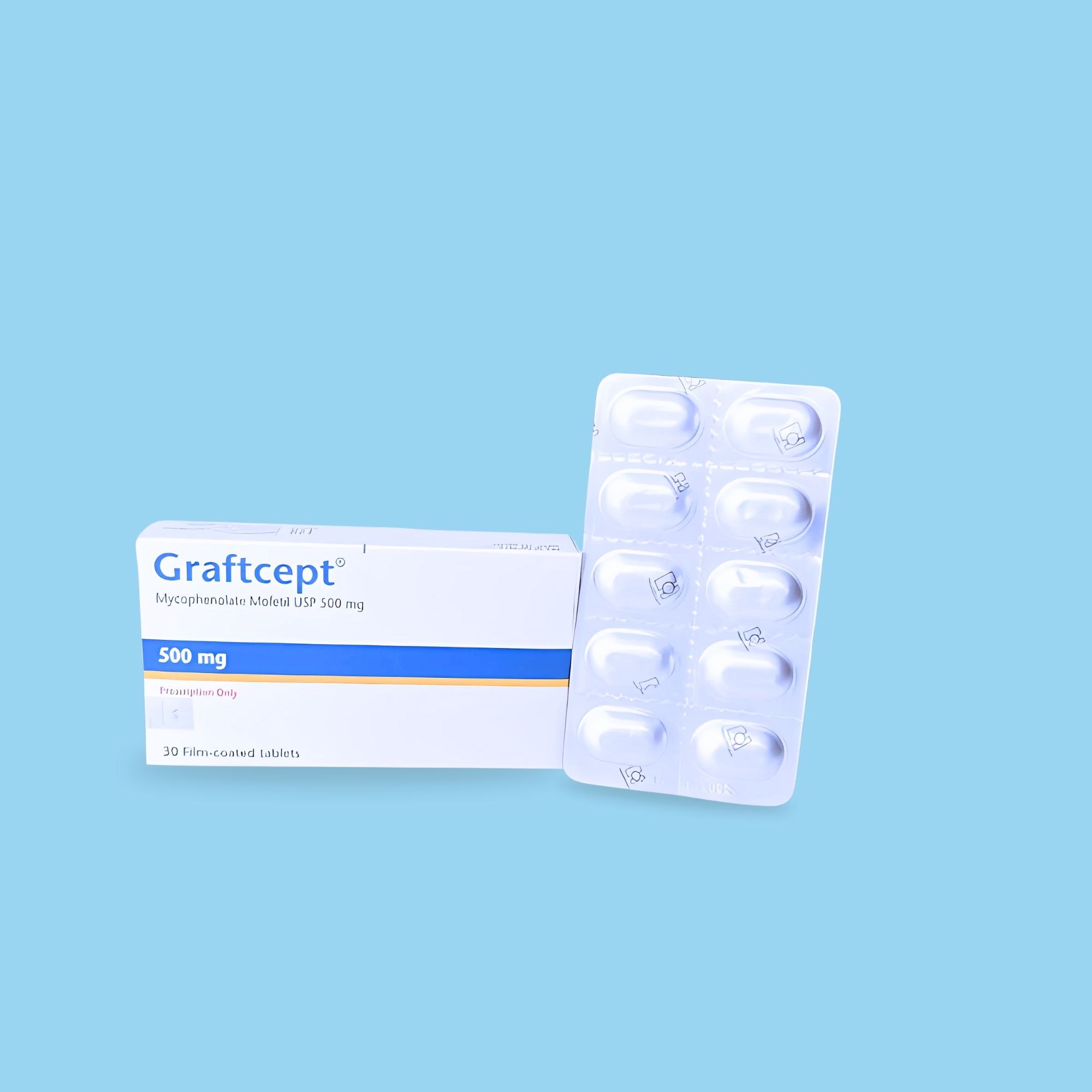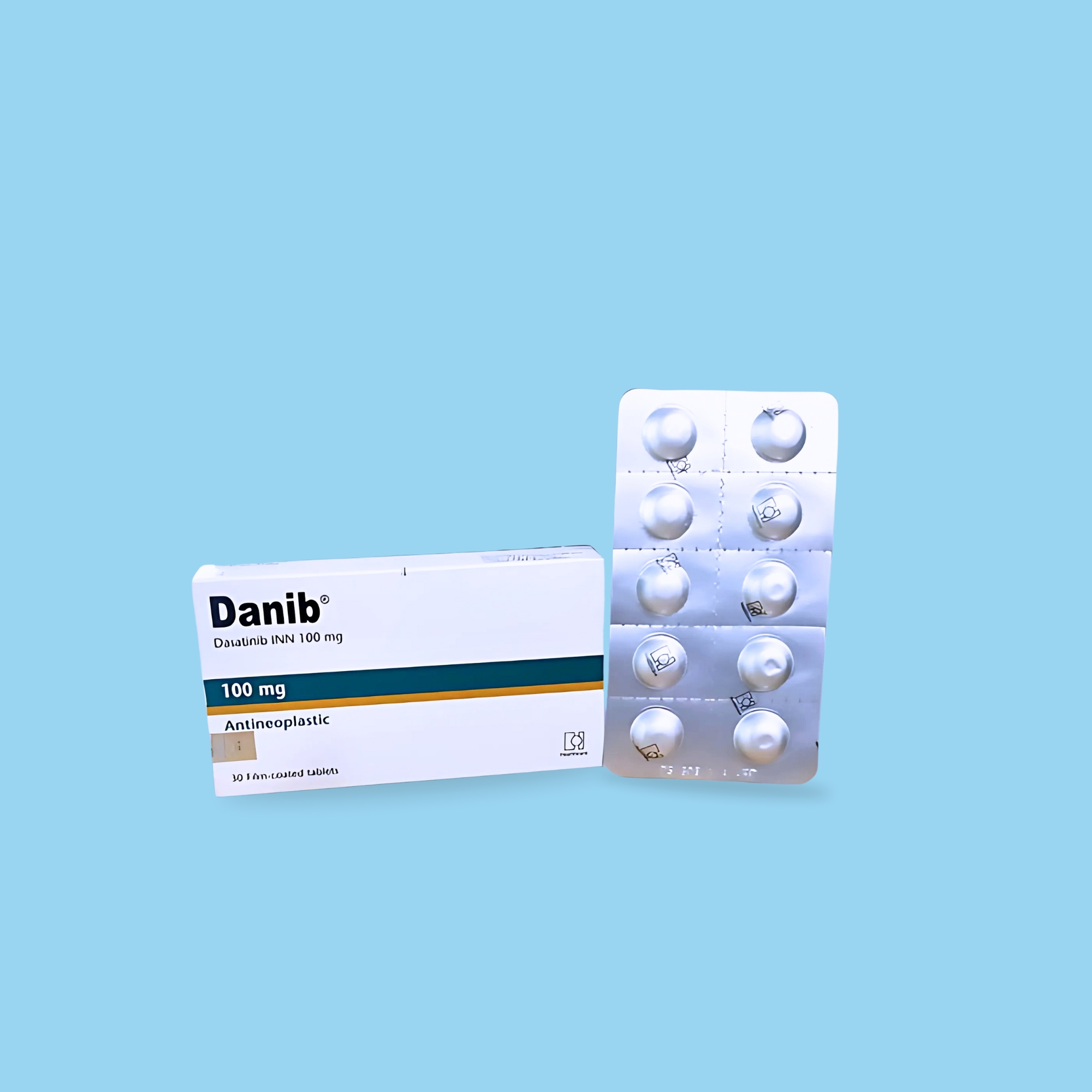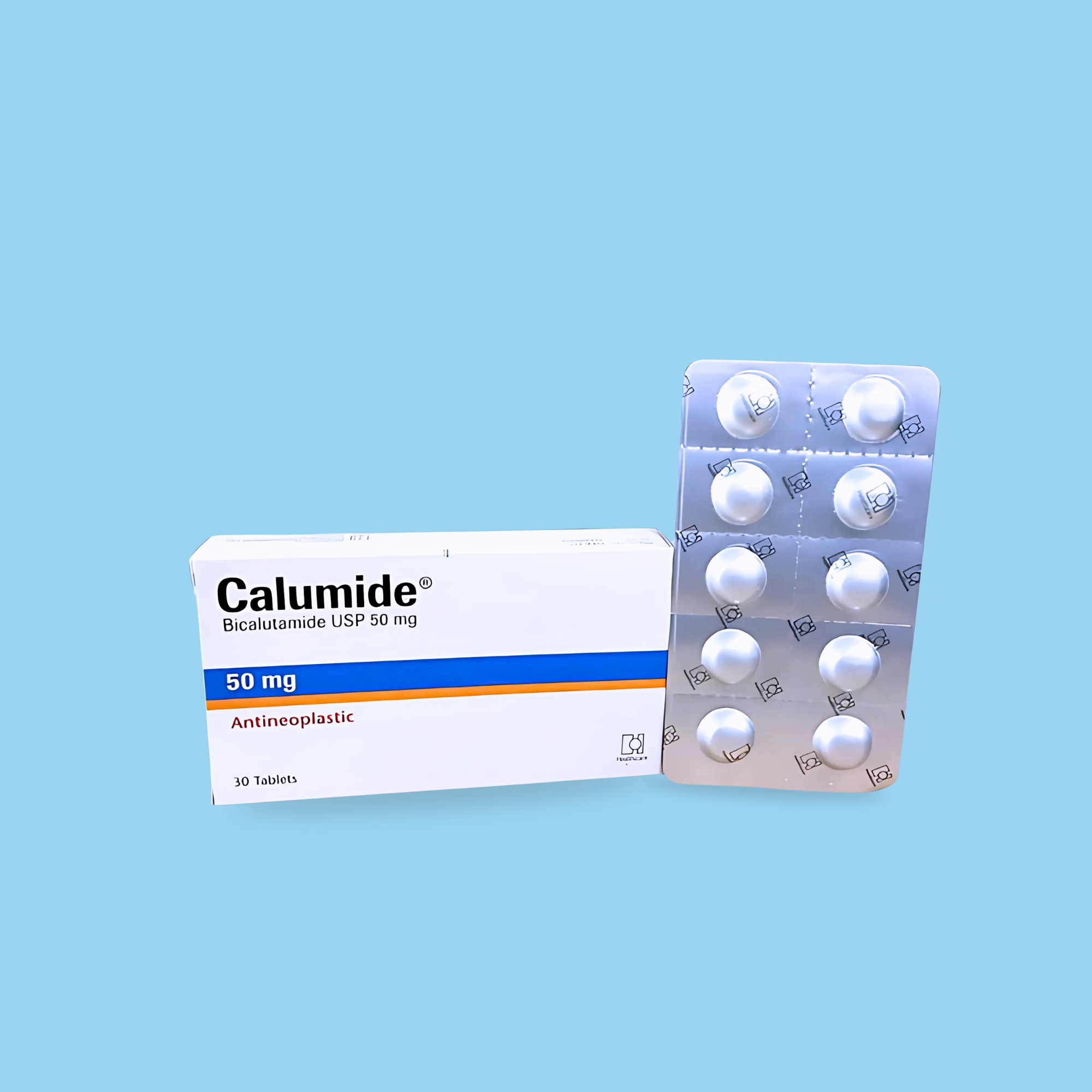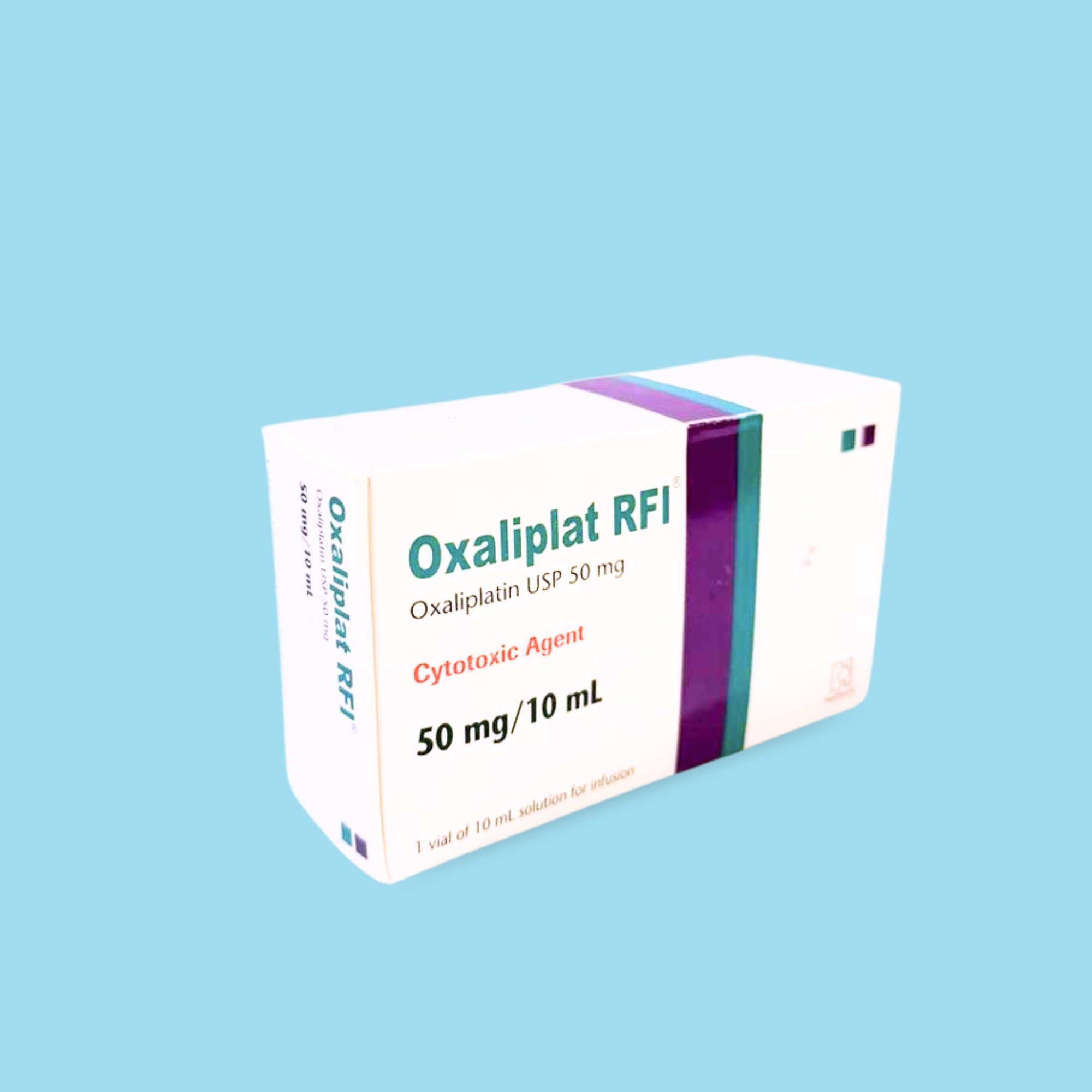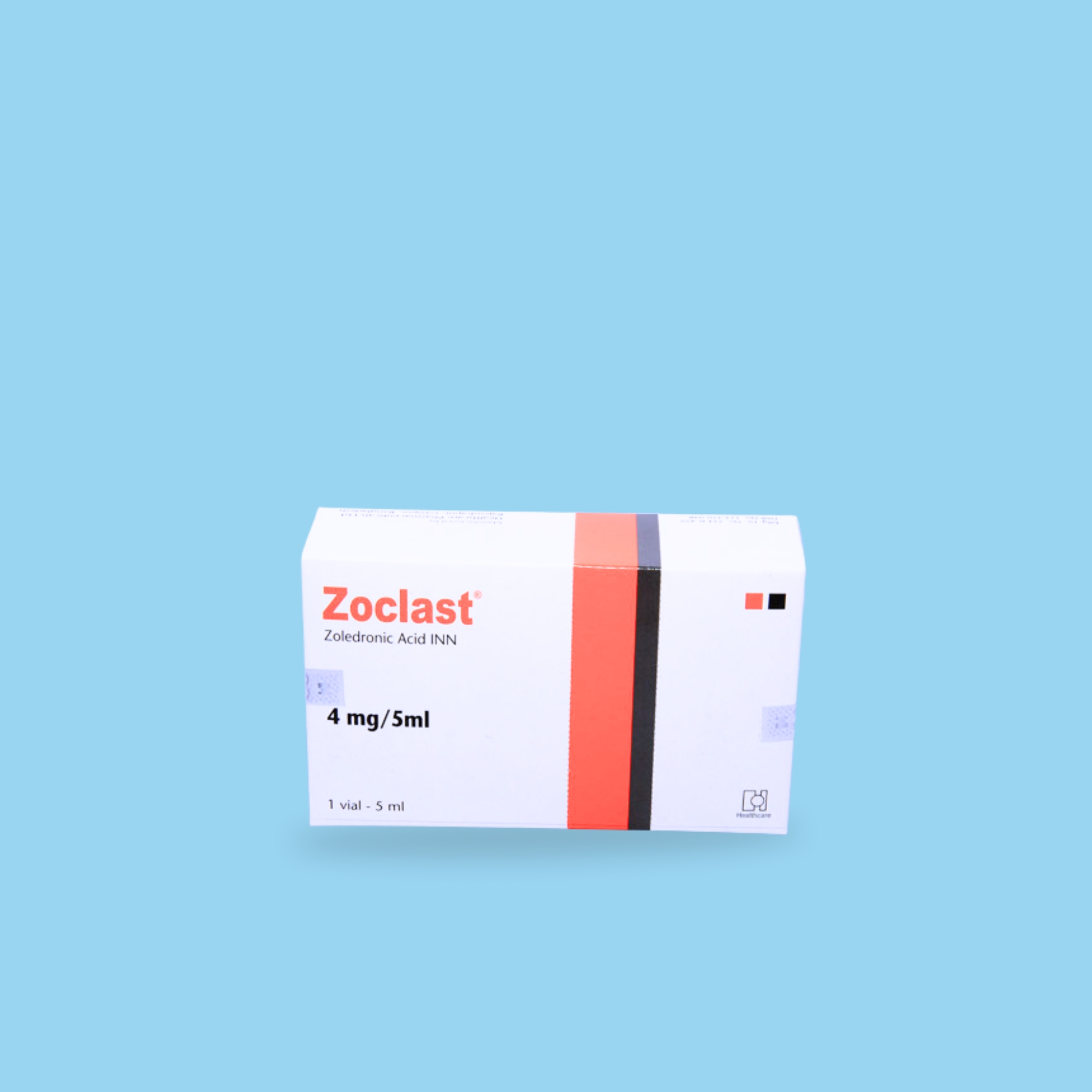Pembrolizumab binds with high affinity to the cell-surface receptor programmed cell death protein 1 (PD-1) and antagonizes its interaction with its known ligands PD-L1 and PD-L2. Under normal circumstances, the binding of the ligands of PD-1 to the receptor inhibits T-cell-receptor-mediated T-cell proliferation and cytokine production. This inhibitory signal helps maintain self-tolerance and minimizes collateral tissue damage following immune responses to pathogens while also contributing to maternal tolerance to fetal tissue. By binding to PD-1 and preventing ligand interaction, pembrolizumab blocks this inhibitory pathway, resulting in a physiological shift toward immune reactivity that enhances tumor immune surveillance and promotes anti-tumor immune responses.

Pembrolizumab is a programmed death receptor-1 (PD-1)-blocking antibody indicated for the treatment of a broad range of malignancies.
For melanoma, it is indicated for the adjuvant treatment of adult and pediatric patients aged 12 years and older with Stage IIB, IIC, or III melanoma following complete resection.
For non-small cell lung cancer (NSCLC), it is indicated in several settings: in combination with pemetrexed and platinum chemotherapy as first-line therapy for metastatic nonsquamous NSCLC with no EGFR or ALK genomic aberrations; in combination with carboplatin and either paclitaxel or paclitaxel protein-bound as first-line therapy for metastatic squamous NSCLC; as a single agent for first-line treatment of NSCLC expressing PD-L1 (TPS ≥ 1 %) without EGFR or ALK aberrations in Stage III patients not candidates for surgery or chemoradiation, or with metastatic disease; as monotherapy for metastatic NSCLC expressing PD-L1 (TPS ≥ 1 %) whose disease progressed after platinum-containing chemotherapy; and for resectable NSCLC (tumors ≥ 4 cm or node-positive) in combination with platinum chemotherapy as neoadjuvant therapy followed by adjuvant single-agent pembrolizumab. It is also indicated as adjuvant monotherapy after resection and platinum chemotherapy for Stage IB (T2a ≥ 4 cm), II, or IIIA NSCLC.
For malignant pleural mesothelioma (MPM), pembrolizumab in combination with pemetrexed and platinum chemotherapy is indicated as first-line treatment for adult patients with unresectable advanced or metastatic disease.
For head and neck squamous cell carcinoma (HNSCC), pembrolizumab in combination with platinum and fluorouracil is indicated as first-line treatment of metastatic or unresectable recurrent disease. It is also indicated as monotherapy for first-line treatment of metastatic or unresectable recurrent HNSCC whose tumors express PD-L1 (CPS ≥ 1), and as single agent for recurrent or metastatic HNSCC with progression after platinum-containing chemotherapy.
For classical Hodgkin lymphoma (cHL), it is indicated for adult patients with relapsed or refractory cHL, and for pediatric patients with refractory cHL or relapse after two or more prior lines of therapy.
For primary mediastinal large B-cell lymphoma (PMBCL), pembrolizumab is indicated for adult and pediatric patients with refractory PMBCL or relapse after two or more lines of therapy.
For urothelial cancer, pembrolizumab is indicated in combination with enfortumab vedotin for adults with locally advanced or metastatic disease. As monotherapy it is indicated for locally advanced or metastatic urothelial carcinoma in patients not eligible for any platinum chemotherapy, or who have disease progression during or following platinum therapy, or within 12 months of platinum-based neoadjuvant or adjuvant treatment. It is also indicated as a single agent for BCG-unresponsive, high-risk, non-muscle-invasive bladder cancer with carcinoma in situ (CIS) with or without papillary tumors in patients ineligible for or refusing cystectomy.
For microsatellite instability-high (MSI-H) or mismatch repair-deficient (dMMR) solid tumors, pembrolizumab is indicated for adult and pediatric patients with unresectable or metastatic disease that has progressed following prior therapy and for whom there are no satisfactory alternative options. For MSI-H/dMMR colorectal cancer (CRC), it is indicated for unresectable or metastatic cases confirmed by an FDA-approved test.
For gastric or gastroesophageal junction (GEJ) adenocarcinoma, pembrolizumab is indicated in combination with trastuzumab, fluoropyrimidine-, and platinum-based chemotherapy as first-line therapy for HER2-positive, PD-L1 (CPS ≥ 1) disease, and with fluoropyrimidine- and platinum-based chemotherapy as first-line therapy for HER2-negative disease.
For esophageal cancer, pembrolizumab is indicated for locally advanced or metastatic esophageal or GEJ carcinoma (tumors 1–5 cm above GEJ) not amenable to surgery or definitive chemoradiation, either in combination with platinum- and fluoropyrimidine-based chemotherapy or as a single agent after one or more lines of systemic therapy for squamous cell histology expressing PD-L1 (CPS ≥ 10).
For cervical cancer, pembrolizumab in combination with chemoradiotherapy is indicated for FIGO 2014 Stage III–IVA disease; in combination with chemotherapy with or without bevacizumab for persistent, recurrent, or metastatic PD-L1 (CPS ≥ 1) tumors; and as monotherapy for recurrent or metastatic PD-L1 (CPS ≥ 1) disease after chemotherapy.
For hepatocellular carcinoma (HCC), pembrolizumab is indicated for patients with HCC secondary to hepatitis B virus infection who have received prior systemic therapy other than a PD-1/PD-L1 agent.
For biliary tract cancer (BTC), pembrolizumab in combination with gemcitabine and cisplatin is indicated for locally advanced unresectable or metastatic disease.
For Merkel cell carcinoma (MCC), it is indicated for adult and pediatric patients with recurrent locally advanced or metastatic MCC.
For renal cell carcinoma (RCC), pembrolizumab in combination with axitinib or lenvatinib is indicated as first-line therapy for advanced RCC, and as adjuvant therapy for patients at intermediate-high or high risk of recurrence following nephrectomy or nephrectomy plus resection of metastatic lesions.
For endometrial carcinoma, pembrolizumab in combination with carboplatin and paclitaxel followed by pembrolizumab monotherapy is indicated for adult patients with primary advanced or recurrent disease. It is also indicated in combination with lenvatinib for advanced pMMR or non-MSI-H disease after prior systemic therapy when curative surgery or radiation is not suitable, and as monotherapy for advanced MSI-H/dMMR tumors after systemic therapy.
For tumor mutational burden-high (TMB-H) solid tumors, pembrolizumab is indicated for adult and pediatric patients with unresectable or metastatic tumors with ≥ 10 mutations per megabase as determined by an FDA-approved test, whose disease has progressed after prior therapy and who have no satisfactory alternatives.
For cutaneous squamous cell carcinoma (cSCC), it is indicated for patients with recurrent, metastatic, or locally advanced disease not curable by surgery or radiation.
For triple-negative breast cancer (TNBC), pembrolizumab is indicated in combination with chemotherapy as neoadjuvant treatment for high-risk early-stage disease followed by single-agent adjuvant therapy post-surgery, and in combination with chemotherapy for locally recurrent unresectable or metastatic TNBC expressing PD-L1 (CPS ≥ 10).

The recommended dosage of pembrolizumab is 200 mg every 3 weeks or 400 mg every 6 weeks administered as an intravenous infusion. For pediatric patients, the recommended dose is 2 mg/kg (up to 200 mg) every 3 weeks. Dosage schedules vary by indication as specified in clinical use for melanoma, NSCLC, HNSCC, MPM, cHL, PMBCL, urothelial cancer, MSI-H/dMMR cancers, gastric, esophageal, cervical, HCC, BTC, MCC, RCC, endometrial carcinoma, TMB-H solid tumors, cSCC, and TNBC. For RCC treated in combination, axitinib 5 mg twice daily or lenvatinib 20 mg once daily is used alongside pembrolizumab.

Before administration, the solution must be visually inspected for particulate matter or discoloration. The solution should be clear to slightly opalescent and colorless to slightly yellow; vials showing visible particles must be discarded. Pembrolizumab must be diluted prior to intravenous administration. The required volume is withdrawn from the vial and transferred to an intravenous infusion bag containing either 0.9 % Sodium Chloride Injection USP or 5 % Dextrose Injection USP, and mixed by gentle inversion (do not shake). The final concentration should be between 1 mg/mL and 10 mg/mL, and any unused portion discarded.
The product contains no preservative. The diluted solution may be stored at room temperature for no more than 6 hours (including infusion time) or under refrigeration at 2 °C to 8 °C for up to 96 hours from dilution; refrigerated solution should be allowed to reach room temperature before use and must not be shaken or frozen. Discard after 6 hours at room temperature or 96 hours under refrigeration.
Pembrolizumab should be administered by intravenous infusion over 30 minutes through a sterile, non-pyrogenic, low-protein-binding 0.2–5 micron in-line or add-on filter. Do not co-administer other drugs through the same line.

There are no known contraindications to the use of Pembrolizumab.

Immune-mediated adverse reactions, which may be severe or fatal, can occur in any organ system or tissue. These include immune-mediated pneumonitis, colitis, hepatitis, endocrinopathies, nephritis with renal dysfunction, dermatologic reactions, and solid organ transplant rejection. Early identification and management are critical. Evaluation of liver enzymes, creatinine, and thyroid function should be performed at baseline and periodically during treatment. Pembrolizumab should be withheld or permanently discontinued depending on the severity and type of immune-mediated reaction.
Infusion-related reactions may occur and can be severe or life-threatening. Depending on the severity of the reaction, the infusion may need to be interrupted, the rate slowed, or the treatment permanently discontinued.
Fatal and serious complications may occur in patients who receive allogeneic hematopoietic stem cell transplantation (HSCT) either before or after being treated with PD-1/PD-L1 blocking antibodies.
Treatment of multiple myeloma patients with PD-1 or PD-L1 blocking antibodies in combination with a thalidomide analogue plus dexamethasone is not recommended outside of controlled clinical trials.
Pembrolizumab can cause fetal harm when administered to a pregnant woman. Females of reproductive potential should be advised of this potential risk and counseled to use effective contraception during treatment.

The most common adverse reactions (≥ 20% of patients) reported with pembrolizumab therapy vary by combination regimen. When used as a single agent, the most frequent effects include fatigue, musculoskeletal pain, decreased appetite, pruritus, diarrhea, nausea, rash, pyrexia, cough, dyspnea, constipation, pain, and abdominal pain.
When used in combination with chemotherapy, commonly observed reactions include fatigue/asthenia, nausea, constipation, diarrhea, decreased appetite, rash, vomiting, cough, dyspnea, pyrexia, alopecia, peripheral neuropathy, mucosal inflammation, and stomatitis.
In combination with axitinib, the most frequent side effects include diarrhea, fatigue/asthenia, hypertension, hepatotoxicity, hypothyroidism, decreased appetite, palmar-plantar erythrodysesthesia, nausea, stomatitis, dysphonia, rash, cough, and constipation.
When combined with lenvatinib, adverse reactions include fatigue, hypertension, musculoskeletal pain, diarrhea, decreased appetite, hypothyroidism, nausea, stomatitis, vomiting, decreased weight, abdominal pain, headache, constipation, urinary tract infection, dysphonia, hemorrhagic events, hypomagnesemia, palmar-plantar erythrodysesthesia, dyspnea, cough, and rash.

Based on its mechanism of action, pembrolizumab can cause fetal harm when administered during pregnancy. There are no adequate human data to determine the risk of embryo-fetal toxicity. There are no data on the presence of pembrolizumab in either animal or human milk, or on its effects on the breastfed child or milk production. Because of the potential for serious adverse reactions in breastfed children, women should be advised not to breastfeed during treatment and for four months following the final dose.

The safety and effectiveness of pembrolizumab in pediatric patients have not been established. In clinical trials, no overall differences in safety or effectiveness were observed between elderly and younger patients.

Pembrolizumab should be stored at a temperature of 2°C to 8°C, protected from light, and must not be frozen.

Pembrolizumab works by activating the immune system to help the body fight cancer. However, this same immune activation can cause the immune system to attack normal organs and tissues anywhere in the body, leading to immune-mediated complications that can be severe, life-threatening, or even fatal. Multiple organs may be affected simultaneously, and complications can occur at any time during treatment or even after therapy has ended.
Lung problems may include cough, shortness of breath, or chest pain.
Intestinal problems may include diarrhea or more frequent bowel movements than usual, stools that are black, tarry, sticky, or contain blood or mucus, and severe abdominal pain or tenderness.
Liver problems may present as yellowing of the skin or eyes, dark urine, severe nausea or vomiting, easy bruising or bleeding, or right-sided abdominal pain.
Hormone gland problems can manifest as persistent headaches, frequent urination, sensitivity to light, hair loss, cold intolerance, rapid heartbeat, constipation, excessive sweating, voice deepening, extreme fatigue, dizziness, weight changes, mood alterations, or other endocrine symptoms.
Kidney problems may include reduced urine output, ankle swelling, blood in urine, or loss of appetite.
Skin problems can include rash, painful sores or ulcers in mucous membranes, itching, fever, flu-like symptoms, skin blistering or peeling, and swollen lymph nodes.
Complications can also occur in other organs and tissues, with symptoms such as chest pain, irregular heartbeat, shortness of breath, confusion, memory problems, visual disturbances, severe muscle pain or weakness, low red blood cell counts, or unexplained bruising.
Infusion reactions may occur and can be severe or life-threatening, with symptoms such as chills, dizziness, itching, rash, flushing, fever, wheezing, back pain, or near-fainting sensations.
Rejection of transplanted organs or tissues can occur. Patients with organ or tissue transplants, or those who have undergone allogeneic bone marrow (stem cell) transplantation, may experience complications such as graft-versus-host disease (GVHD), which can be fatal. Patients should be closely monitored for signs of transplant rejection or GVHD.
Prompt medical attention is essential if these complications occur. Management may include corticosteroids or hormone replacement therapy, and pembrolizumab may be delayed or permanently discontinued depending on the severity of the reaction.

Pembrolizumab is administered intravenously over 30 minutes by a healthcare professional. In adults, the treatment is usually given every 3 or 6 weeks depending on the dose, and in children every 3 weeks. The healthcare provider determines the total number of treatment cycles based on individual response and tolerance. Regular blood tests are performed to monitor for side effects. Missed appointments should be rescheduled as soon as possible.

Pembrolizumab can cause serious and potentially life-threatening side effects. When used as monotherapy, common side effects include fatigue, pain (including muscle pain), rash, diarrhea, fever, cough, decreased appetite, itching, shortness of breath, constipation, abdominal pain, nausea, and hypothyroidism. In pediatric patients, fever, vomiting, headache, abdominal pain, and low white blood cell counts occur more frequently.
When used with chemotherapy or chemoradiation, side effects may include fatigue, nausea, constipation, diarrhea, rash, vomiting, cough, fever, alopecia, neuropathy, mucosal inflammation, stomatitis, weight loss, and mouth sores. Combination therapy with bevacizumab may lead to tingling or numbness, hypertension, anemia, leukopenia, thrombocytopenia, urinary tract infections, rash, and appetite loss.
With axitinib, common reactions include diarrhea, fatigue, hypertension, liver enzyme elevation, hypothyroidism, decreased appetite, blisters or rash on hands and feet, mucosal inflammation, hoarseness, and constipation. With lenvatinib, reactions include fatigue, diarrhea, joint and muscle pain, hypertension, decreased appetite, vomiting, abdominal pain, urinary tract infections, and renal dysfunction. With enfortumab vedotin, side effects include rash, tingling or numbness, fatigue, itching, diarrhea, hair loss, weight loss, nausea, constipation, altered taste, and urinary tract infections.

Active ingredient: Pembrolizumab.Inactive ingredients: L-histidine, polysorbate 80, sucrose, and Water for Injection.

The general principle in managing checkpoint inhibitor-related side effects is to treat Grade 1–2 events symptomatically without interrupting or stopping treatment. Persistent Grade 2 symptoms may require skipping one or more doses and administering appropriate therapy until symptoms resolve. For Grade 3–4 symptoms, pembrolizumab should be discontinued and the patient referred to a relevant specialist.
Early identification and prompt management of side effects are crucial. Patients should report any new or worsening symptoms immediately. Most cases respond well to corticosteroids or other immunosuppressive agents, and discontinuation of therapy rarely affects overall cancer outcomes.

Side effects are best managed by early recognition and immediate intervention. For mild symptoms, symptomatic management or low-dose corticosteroids may be sufficient. For worsening symptoms, hospitalization and intravenous steroids or other immunosuppressants may be required. Permanent discontinuation of treatment is uncommon, and available data suggest that use of corticosteroids for management does not reduce pembrolizumab’s anticancer efficacy.

Rare side effects include neurological, rheumatological, renal, and cardiac immune-related events. Neurological symptoms occur in approximately 4–6% of patients treated with PD-1 or CTLA-4 inhibitors, manifesting as muscle weakness, numbness, or breathing difficulties, and are managed with oral or intravenous corticosteroids. Rheumatologic effects such as muscle or joint pain occur in 2–12% of patients and are managed with analgesics or corticosteroids depending on severity. Renal involvement is uncommon (<1%) but may require high-dose corticosteroids and nephrology consultation. Cardiac toxicity, seen in <1%, necessitates early cardiology referral and immunosuppressive therapy.


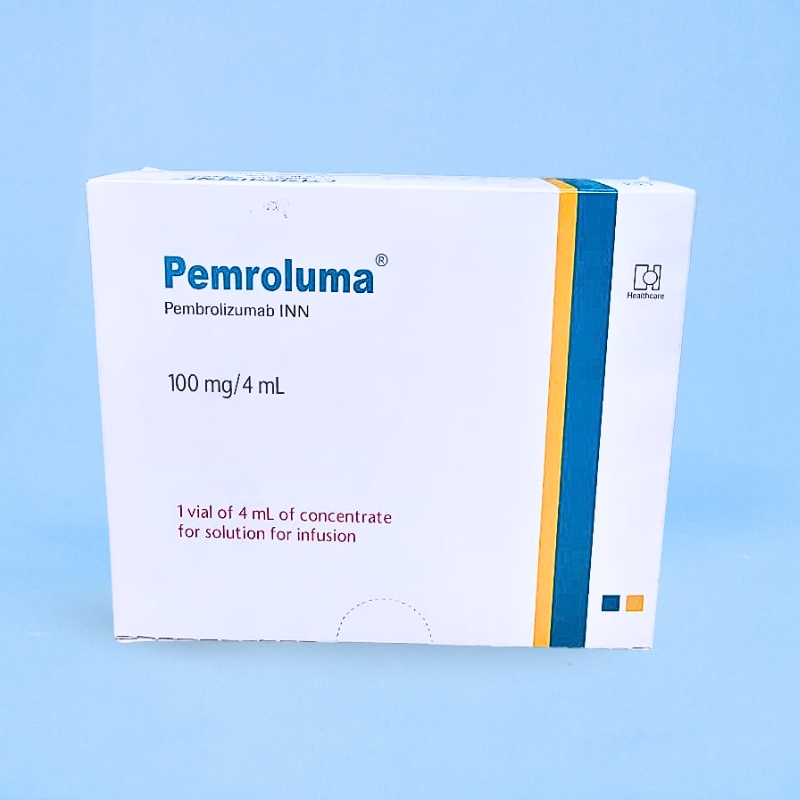
.jpg)
